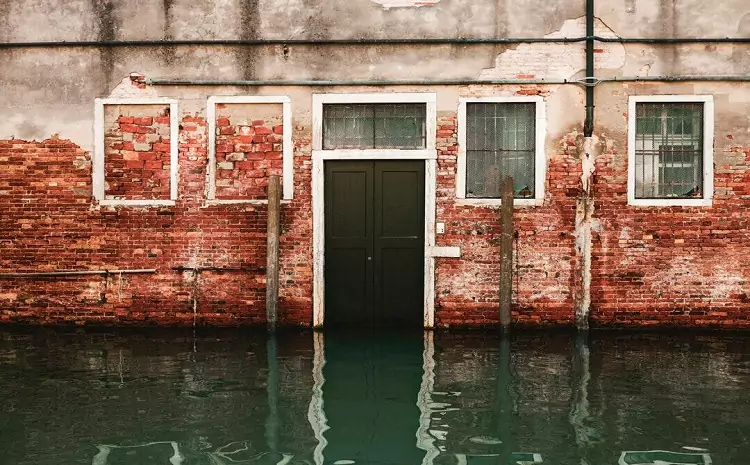Dealing with a flooded basement can be a homeowner’s worst nightmare. In these high-stress situations, one of the most critical components to ensure your home’s safety is the basement pump.
However, these pumps are not indestructible. They can fail at the most inopportune times.
So in this article, we’ve compiled a list of troubleshooting and repair tips for your flooded basement pump. We’ll help you tackle the issue with confidence and, ideally, avoid water-related catastrophes. Let’s dive in!
Power Up – Check for Electricity
The first step when your basement pump seems to be failing is to check the power supply. Sometimes, the pump may not have electricity due to a tripped circuit breaker, a blown fuse, or simply because it’s unplugged.
Ensure the pump is connected to a working outlet and reset any breakers in the area. If the pump still won’t start, try plugging a different electrical device into the outlet. Check if power is indeed being supplied.
Float Switch Assessment
Many sump pumps use a float switch to activate the pump when the water level rises. A stuck or malfunctioning float can spell trouble.
Inspect the switch by moving it up and down. It should pivot freely. If it’s stuck, it may need cleaning or straightening out.
Remember, the float is vital for the pump’s operation. So keep it free of any obstructions.
If it’s still not working, you should see if there is ground water in basement. Then, call an expert for further troubleshooting or replacement.
Clear Debris and Clogs
One of the most common reasons for a failing sump pump is debris or a clogged intake. Turn off the pump and disconnect the power supply before you start.
Check the pump’s intake grate for any visible sludge or debris that may be impeding the pump’s function. If you find any, remove it carefully, taking care not to damage the pump’s internal components.
If it’s still not enough, you should call in the professionals. A plumber can easily do a basement cleanup and ensure the pump is in tip-top shape.
Overwhelmed Pump – Increase Capacity
Sometimes, a sump pump may fail because it can’t handle the volume of water. If you live in an area prone to heavy rains, it may be time to upgrade to a larger capacity pump or install a secondary pump as a backup.
A check valve in the discharge line can also prevent water from re-entering the sump pit. It can So if your sump pump is not draining you should call in the professionals. A plumber can easily clear out any deep blockages or any water damage in the basement.
Battery Backup Systems
Consider installing a battery backup system for your sump pump. This can be a lifesaver in case of a power outage or if the main pump fails. Modern backup systems are extremely reliable and will keep your basement dry during emergencies. Otherwise, you might end up with basement water damage.
A Flooded Basement Pump Is Not the End of the World
Dealing with a flooded basement pump can be incredibly stressful. However, don’t panic if your pump fails.
With the tips above in mind, you’ll be able to troubleshoot and repair your basement pump like a pro. In case of any major issues, always consult with a professional for proper assessment and resolution.
Don’t let a flooded basement ruin your day. Take action quickly and effectively to protect your home and belongings.
Did you find this article helpful? If so, check out the rest of our site for more.

Mark Thompson, a seasoned pest controller, is renowned for his expertise in keeping homes and businesses free from unwanted intruders. With a passion for environmental sustainability and a deep understanding of pest behavior, Mark has become a trusted authority in the industry.
